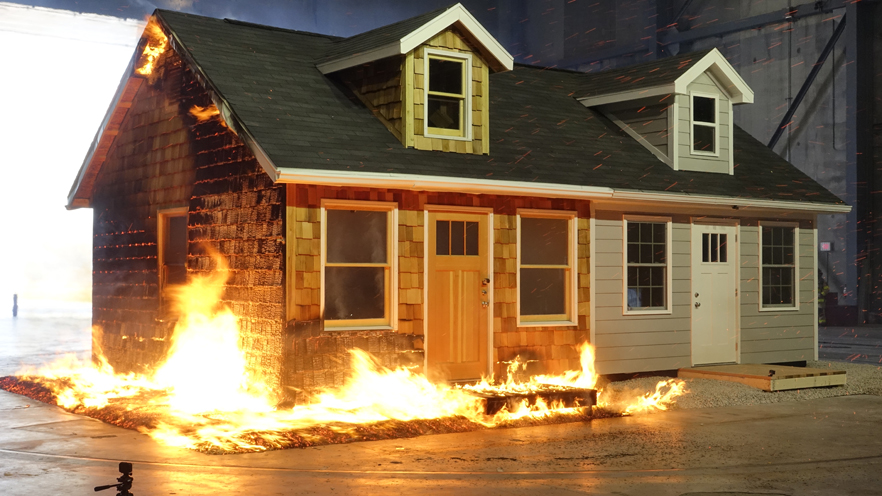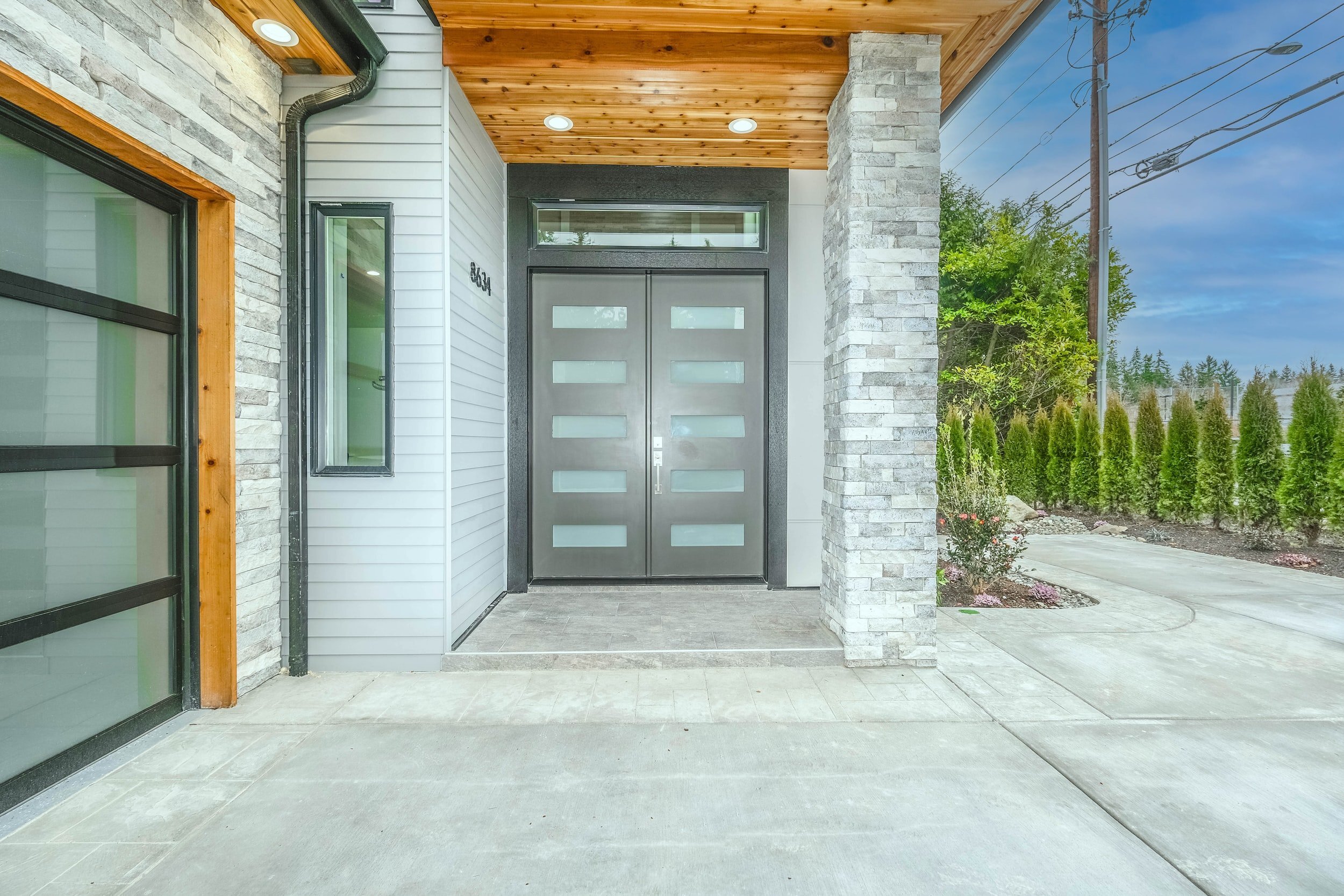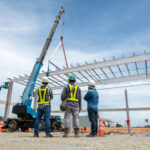Remodeling your kitchen? Now’s the time to also consider how fire-safe it will be. Fire safety is an important factor to keep in mind during any renovation project, especially when it comes to areas in contact with heat sources such as an oven, stovetop and even a microwave.
Understanding the tools and strategies available for keeping the risk of fire low can help you stay safe while achieving all those gorgeous design elements you’ve dreamed of for your kitchen remodel. Read on for our top tips on how to ensure that your newly redesigned space is up-to-date with current fire regulations and standards.
Use Fire Resistant Materials
The materials you choose for finishing touches, such as tiles and countertops, can have a big impact on your kitchen’s fire safety. Most common building materials are not designed to be flame retardant, so look out for products that are specifically fire resistant. Fireproofing spray is also available and can be applied directly to the surface of combustible materials for an extra layer of protection.
You’ll also want to make sure you select any wood materials with a UL-rated fire resistance rating. The rating system ranges from Class A (most fire resistant) to Class C (least fire resistant).
Some kitchen remodels may require the use of electrical wiring. When running or replacing wiring, make sure to follow all safety regulations and only use wiring that has been approved by a professional electrician.

Install Fire Systems
Installing a fire safety system is an important part of kitchen remodeling. Smoke alarms can be wired in to alert you as soon as smoke is detected, while sprinkler systems will help put out any fires that may occur. It’s also wise to install carbon monoxide detectors and fire extinguishers in your kitchen.
The most effective fire safety system is one that is regularly maintained and tested. Options like Allied’s fire safety systems can be monitored round the clock and alert you to any potential problems before they become a serious issue. You may even qualify for a discount on your homeowners’ insurance if you have an approved fire safety system installed in your home.
Create Separate Storage for Flammable Items
It is normal to have flammable items in your kitchen, like cooking oils and aerosol cans. To reduce the risk of fire, create a separate storage area for these items away from any heat sources. Make sure to keep the space well-ventilated so that fumes don’t build up, and consider installing a fireproof door to help contain any potential blaze.
Ideally, all flammable items should be stored in an area with a fire resistant wall and floor, such as a concrete or metal shed. You also want to make sure that any combustible materials are kept at least 18 inches away from any heat-generating appliances.
Widen Doorways for Easier Escape
In the event of a fire, having clear escape routes can help you get out quickly and with minimal injury. Make sure to widen all doorways in the kitchen to at least 36 inches so that they’re easy to pass through. This will also ensure that furniture or other items don’t become blocked by a doorway if there is an emergency.
If possible, consider installing windows in the kitchen that can be opened for an additional escape route. Make sure to check with local building codes before making any changes during the kitchen remodel.

Keep Appliances Clean and Well Maintained
Appliances are one of the most common causes of kitchen fires, so it’s important to keep them in good working order. Make sure to clean the appliance’s exterior regularly and check for any signs of wear or tear. You should also inspect cords and wiring for frayed insulation, as this can create a fire hazard.
Finally, make sure to give your kitchen appliances plenty of room to breathe by leaving at least three inches of space between them and any combustible materials. Never leave any appliance unattended when it is in use and always unplug small kitchen appliances when not in use.
Install a Range Hood
Any modern kitchen should have a range hood installed above the stove. The range hood will help draw smoke and fumes away from the cooking area, reducing the risk of fire. A ventilated hood also helps to remove grease and other particles that can easily ignite when exposed to heat.
Make sure to install your range hood according to manufacturer’s instructions and ensure it is properly vented to the outside. You should also clean the hood regularly to prevent grease buildup.
Kitchens can be a potential fire hazard, so it’s important to take the proper precautions when doing any remodeling work. Following these five steps will help you create a safe and beautiful kitchen that is fire-resistant and up to code. With careful planning, you can rest easy knowing your family is safe from harm.






